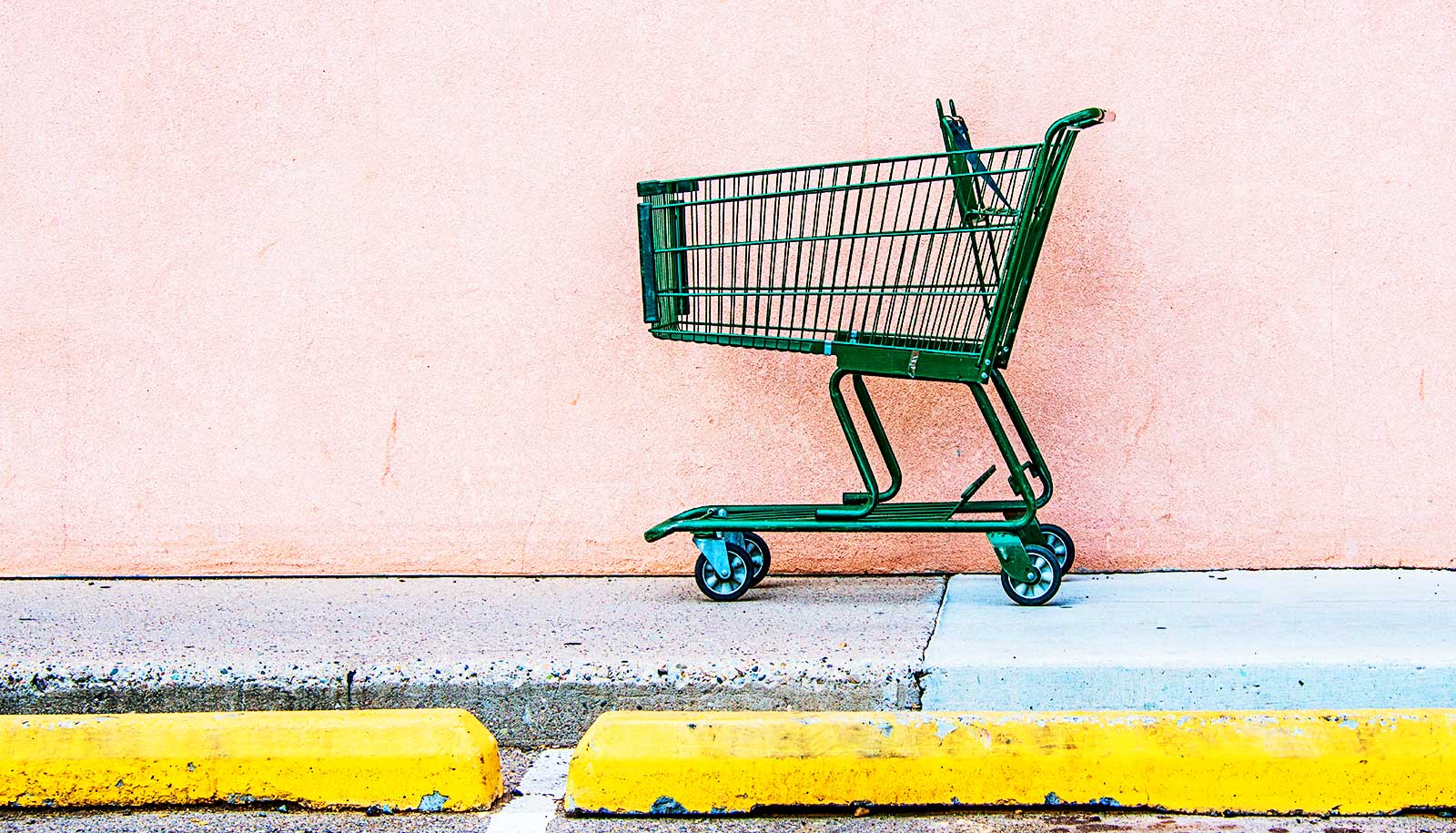
George Alessandria has some answers about what’s causing product shortages, how long problems with the supply chain could last, and why government intervention would be counterproductive.
In the summer of 2021, Alessandria, a University of Rochester economist, wanted to buy his 12-year-old son a bicycle. They went to a store—then another, and another, and another—only to find a limited inventory of bikes. Sure, they could order the bike they wanted, as long as they were willing to wait a year.
Alessandria’s experience is not unusual. Consumers in the United States and elsewhere have been having a difficult time buying lumber, potatoes, cream cheese, paper products, and cars, among many other items.
As Alessandria points out, there were spikes in consumer demand for certain items at the beginning of the COVID pandemic. Then, once restrictions began easing, demand increased for other products, which put stresses on the global supply chains. And he says relief won’t come quickly.
Here, Alessandra explains how supply chain issues continue to reverberate through the American and global economies:
Source: University of Rochester